Federico II of Gonzaga (May 17, 1500 – August 28, 1540), the ruler of the Italian city of Mantua and a son of his Francesco II Gonzaga and Issabella d'Este.
Titian, Portrait of Frederico II Gonzaga
Federico built the Pallazo Te, designed and decorated by Giulio Romano, for his mistress Isabella Boschetti where she entertained and received famous guests.
Giulio Romano, Chariot of Sun Pallazo Te
Ceiling decoration, Palazzo Tè
Ceiling decoration detail
Ceiling decoration detail
Ceiling decoration detail
Ceiling decoration detail
The famous Sala Psyche was decorated between 1526 - 1528.
Sala Psyche
Sala Psyche
Tribute to Apollo, Sala Psyche
The Old Woman and Vulcan, Tribute to Apollo
Cupid and Psyche
North Wall
Venus and Mars Bathing
Psyche Second Task (River Deity)
West Wall
Polyphemus
Jupiter Seducing Olimpia
Psyche Appealing to Juno
East Wall
Vaulted Ceiling, detail
The Sala dei Giganti. Jupiter (Zeus) punishes giants for opposing his power.
Vault: The Assembly of gods around Jupiter Throne
Vault: The Assembly of gods around Jupiter Throne
Vault: The Assembly of gods around Jupiter Throne
In 1531 Federico commissioned Correggio's Danae, apparently intended for the Sala di Ovidio di Palazzo Te, for his mistress Isabella.
Zeus transformed into a shower of gold to seduce Danae.
Correggio, Danae
Having suffered long from syphilis, which he had inherited from his father, Francesco II Gonzaga.
Federico II of Gonzaga died in 1540.
Let's look at his father.
Francesco II Gonzaga married Isabella d'Este. She was a patron of the arts as well as a leader of fashion, whose innovative style of dressing was copied by women throughout Italy and at the French court.
http://en.wikipedia.org/wiki/Isabella_d%27Este
Titian, Isabella d'Este
Isabella d'Este was a prolific letter-writer, and maintained a lifelong correspondence with her sister-in-law Elisabetta Gonzaga. Lucrezia Borgia, daughter of was another sister-in-law; she later became the mistress of Isabella's husband.
http://en.wikipedia.org/wiki/Isabella_d%27Este
Lucrezia Borgia was the daughter of Pope Alexander VI, and Vannozza dei Cattanei.
Vannozza dei Cattanei was an Italian noblewoman from the House of Candia. who was one of the many mistresses of Cardinal Rodrigo Borgia, future Pope Alexander VI. Among them, she was the one whose relationship with him lasted the longest.
Before becoming Alexander's mistress, she had an alleged relationship with Cardinal Giuliano della Rovere, the future Pope Julius II.
http://en.wikipedia.org/wiki/Vannozza_dei_Cattanei
Giulliano della Rovere, as cardinal, age 34 (left) with uncle and patron Francesco della Rovere, Pope Sixtus IV (right)
Allexander and Vannozza connection began in 1470, and she bore him four children whom he openly acknowledged as his own: Giovanni, afterwards Duke of Gandia (born 1474), Cesare (born 1476), Lucrezia (born 1480), and Goffredo or Giuffre (born 1481 or 1482) Before his elevation to the papacy Cardinal Borgia's passion for Vannozza somewhat diminished, and she subsequently led a very retired life. Her place in his affections was filled by the beautiful Giulia Farnese (Giulia Bella), wife of Orsini, http://en.wikipedia.org/wiki/Pope_Alexander_VI
Giulia Farnese was known as Giulia la bella, meaning "Julia the beautiful" in Italian.
Giulia Farnese, the mistress of Pope Alexander VI and wife of Orsino Orsini Migliorati was the daughter of Luigi Farnese by his wife, Giovanna Caetani. Giulia was also the sister of the future pope Paul III (née Alessandro Farnese).
Titian, Pope Paul III with his grandsons, Cardinal Alessandro Farnese (left), Cardinal in 1534, aged only 14, and 22 years old Ottavio Farnese, Duke of Parma (right)
The only son of Ludovico Orsini Migliorati and Adriana del Mila, Orsino was related to Pope Alexander VI through his mother, who was the Pope's cousin. At age 16, Orsino married 15-year-old Giulia Farnese.
Shortly after they married, around 1491, Giulia met Rodrigo Borgia, during one of his visits to Monte Giordano to see his daughter, Lucrezia. When the Cardinal expressed a desire to take her daughter-in-law for a mistress, Adriana immediately gave her permission and blessings to the affair. In exchange for his enforced compliance to his wife's adultery with Rodrigo, Orsino was granted mayorship of the city of Carbognano. Rodrigo Borgia took the papal throne in August 1492 as Alexander VI, the same year that Giulia bore him a daughter, Laura. Briefly concerned that a scandal would break out, Alexander VI did not acknowledge paternity, which was instead attributed to, and accepted by, Orsino. Giulia may have also had other children by Alexander VI, including those acknowledged by him as his own with no mention of their mother. These children include Girolama (b. 1495), Isabella (b. 1496) and Rodrigo, Duke of Nepi (b. 1498).
The affair was widely known among the gossips of the time, and Giulia was referred to as "the Pope's whore".
http://en.wikipedia.org/wiki/Orsino_Orsini
Through her intimacy with the Pope, further expanded the Roman fortunes of her family by persuading the Pope to bestow on her brother Alessandro, the title of cardinal under Alexander's successor Julius II he became governor of the Marca Anconetana and, in 1534, he was elected as pope and took the name of Paul III.
She died in the house of her brother, Cardinal Alessandro. Ten years later her brother ascended the papal throne as Pope Paul III.
http://en.wikipedia.org/wiki/Farnese_family
Luca Longhi, The Lady and the Unicorn (Giulia Farnese)
Cristofano dell'Altissimo, Pope Alexander VI
A number of important architectural works and antiquities are associated with the Farnese family, either through construction or acquisition. Buildings include the Palazzo Farnese in Rome and the Villa Farnese at Caprarola, and ancient artifacts include the Farnese Marbles.
http://en.wikipedia.org/wiki/Farnese_family
First designed in 1517 for the Farnese family, Palazzo Farnese expanded in size and conception when Alessandro Farnese became Paul III in 1534, to designs by Antonio da Sangallo the Younger. Its building history involved some of the most prominent Italian architects of the 16th century, including Michelangelo, Jacoopo Barozzi da Vignola and Giacomo della Porta.
At the end of the 16th century, the important fresco cycle of The Loves of Gods in the Farnese Gallery was carried out by the Bolognese painter Annibale Carracci.
http://en.wikipedia.org/wiki/Palazzo_Farnese,_Rome
Annibale Carracci, Triumph of Bacchus and Ariadne Palazzo Farnese
Homage to Diana
The Cyclops Polyphemus
Domenichino, The Maiden and the Unicorn Palazzo Farnese
Jupiter and Juno
The Rape of Ganymede by Jupiter's Eagle with satyrs
Perseus and Andromeda - Annibale Carracci and Domenichino
Diana and Endymion
 Aurora and Cephalus
Aurora and Cephalus
Glaucus and Scylla
Hyacinth Borne to the Heavens by Apollo with satyrs
 Hercules Freeing Prometheus - Lanfranco
Hercules Freeing Prometheus - Lanfranco
Let's go back to Lucrezia Borgia.Dosso Dossi, Portrait of a Youth, the only confirmed portrait of Lucrezia Borgia.
Lucrezia's family later came to epitomize the ruthless Machiavellian politics and sexual corruption alleged to be characteristic of the Renaissance Papacy. Lucrezia was cast as a femme fatale, a role she has been portrayed as in many artworks, novels, and films.
Very little is known of Lucrezia, and the extent of her complicity in the political machinations of her father and brothers is unclear. They certainly arranged several marriages for her to important or powerful men in order to advance their own political ambitions. Lucrezia was married to Giovanni Sforza (Lord of Pesaro), Alfonso of Aragon (Duke of Bisceglie), and Alfonso d'Este (Duke of Ferrara)
http://en.wikipedia.org/wiki/Lucrezia_Borgia
After the death of her second husband, Lucrezia's father, Pope Alexander VI, arranged a third marriage. She then married Alfonso d'Este Neither partner was faithful: beginning in 1503, Lucrezia enjoyed a long relationship with her brother-in-law, Francesco II Gonzaga as well as a love affair with the poet Pietro Bembo. The affair between Francesco and Lucrezia was passionate, more sexual then sentimental as can be attested in the fevered love letters the pair wrote to one another. The affair ended when Francesco contracted syphilis and had to end sexual relations with Lucrezia.
http://en.wikipedia.org/wiki/Lucrezia_Borgia
Alfonso I d'Este, copy after Titian
Alfonso d'Este was one of the great patrons of art of his time: for him the elderly Giovanni Bellini painted The feast of Gods in 1514, Bellini's last completed painting.
Giovanni Bellini, The Feast of Gods
Alfonso d'Este turned to Bellini's pupil, Titian, for a sequence of paintings. In 1529 Alfonso created the most magnificent gallery of his time, his studiolo or camerino d'alabastro ('small alabaster room'), now usually known as his "Camerino".
Titian is known to have painted two portraits of Alfonso. Over the next two decades, Titian added three more paintings: The worship of Venus , The Bacchanal of the Andrians), and Bacchus and Ariadne. Dosso Dossi produced another large bacchanal, and he also contributed ceiling decorations and a painted frieze for the cornice, depicting scenes from the Aeneid.
http://en.wikipedia.org/wiki/Alfonso_I_d%27Este
Titian, The Worship of Venus
Titian, Bacchus and Ariadne
Titian, Bacchanal of the Andrians
The Secret Cabinet (Gabbinete) or Secret Room is the name of the Bourbon Monarchy gave the private rooms in which they held their fairly extensive collection of erotic or sexual items, mostly deriving from excavations of Pompeii and Herculaneum. Access was limited to only persons of mature age and known morals. The rooms were also called Cabinets of matters reserved or obscene or pornographic.
http://en.wikipedia.org/wiki/Naples_National_Archaeological_Museum#Marbles
The Secret Cabinet is held in separate galleries in the Naples national Archeological Museum, Naples , the former Museo Borbonico. The British museum also contained secret rooms.
' God Pan copulating with goat' - one of the most famous objects in the Naples Museum collection
The Park of the Monsters (Parco dei Mostri ), also named Garden of Bomarzo. The gardens were created during the 16th century. They are composed of a wooded park, located at the bottom of a valley where the castle of Orsini was erected, and populated by sculptures and small buildings divided among of the natural vegetation.
http://en.wikipedia.org/wiki/Park_of_the_Monsters
Orcus mouth
Orcus was a god of the underworld, punisher of broken oaths in Italic and Roman mythology. As with Hades, the name of the god was also used for the underworld itself. In the later tradition, he was conflated with Dis Pater, who was the Roman equivalent of Pluto.
http://en.wikipedia.org/wiki/Orcus
Dragon with Lions
Pluto
Siren and two lions
Sphinx








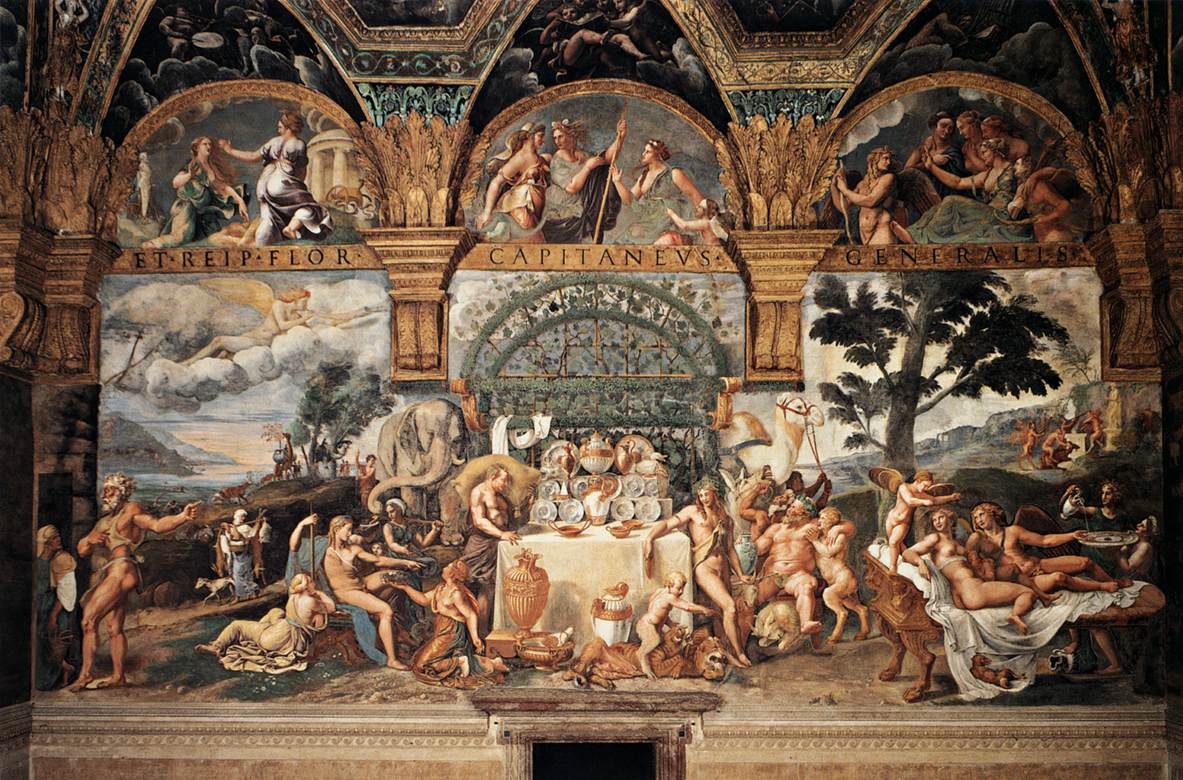




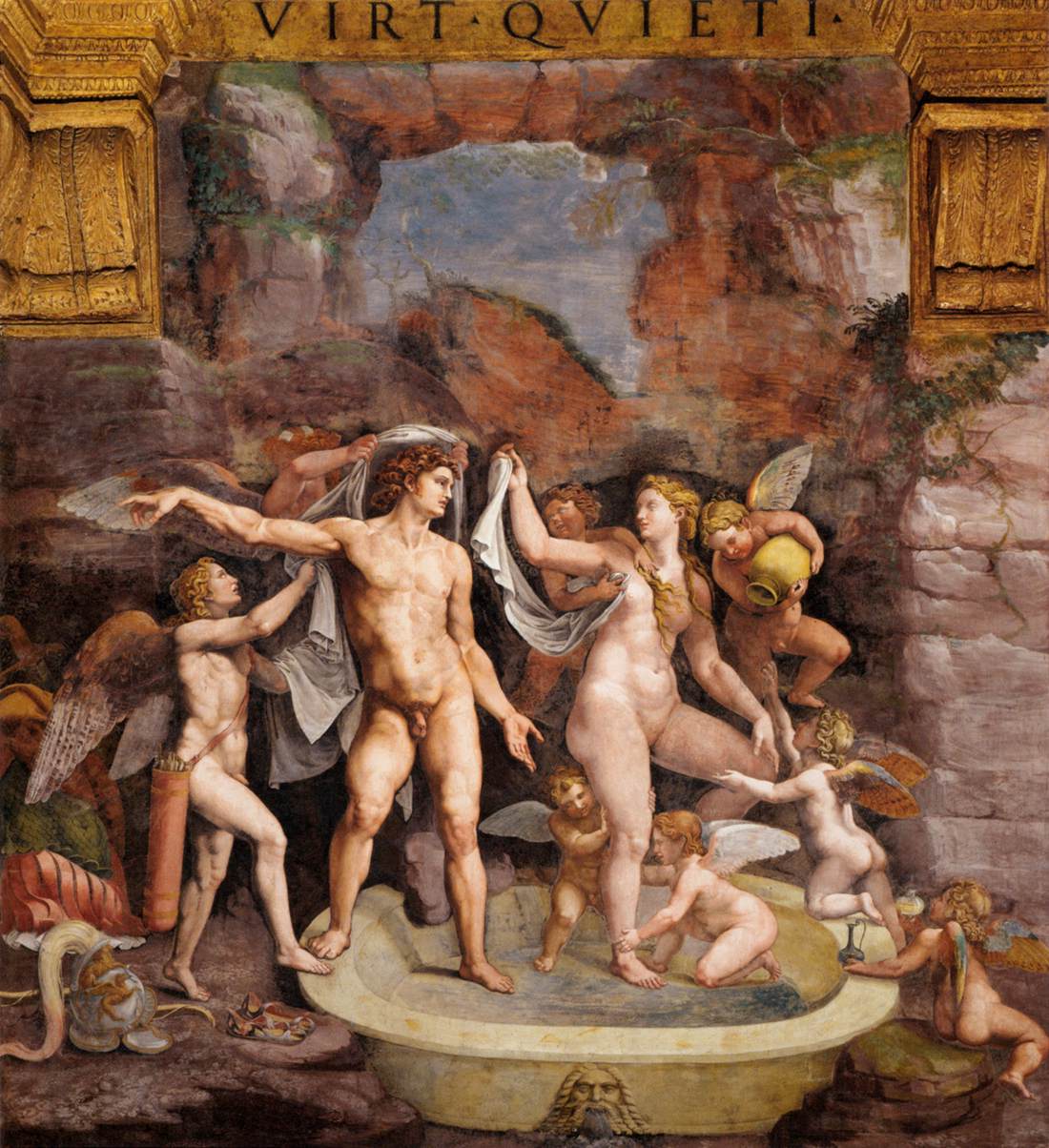













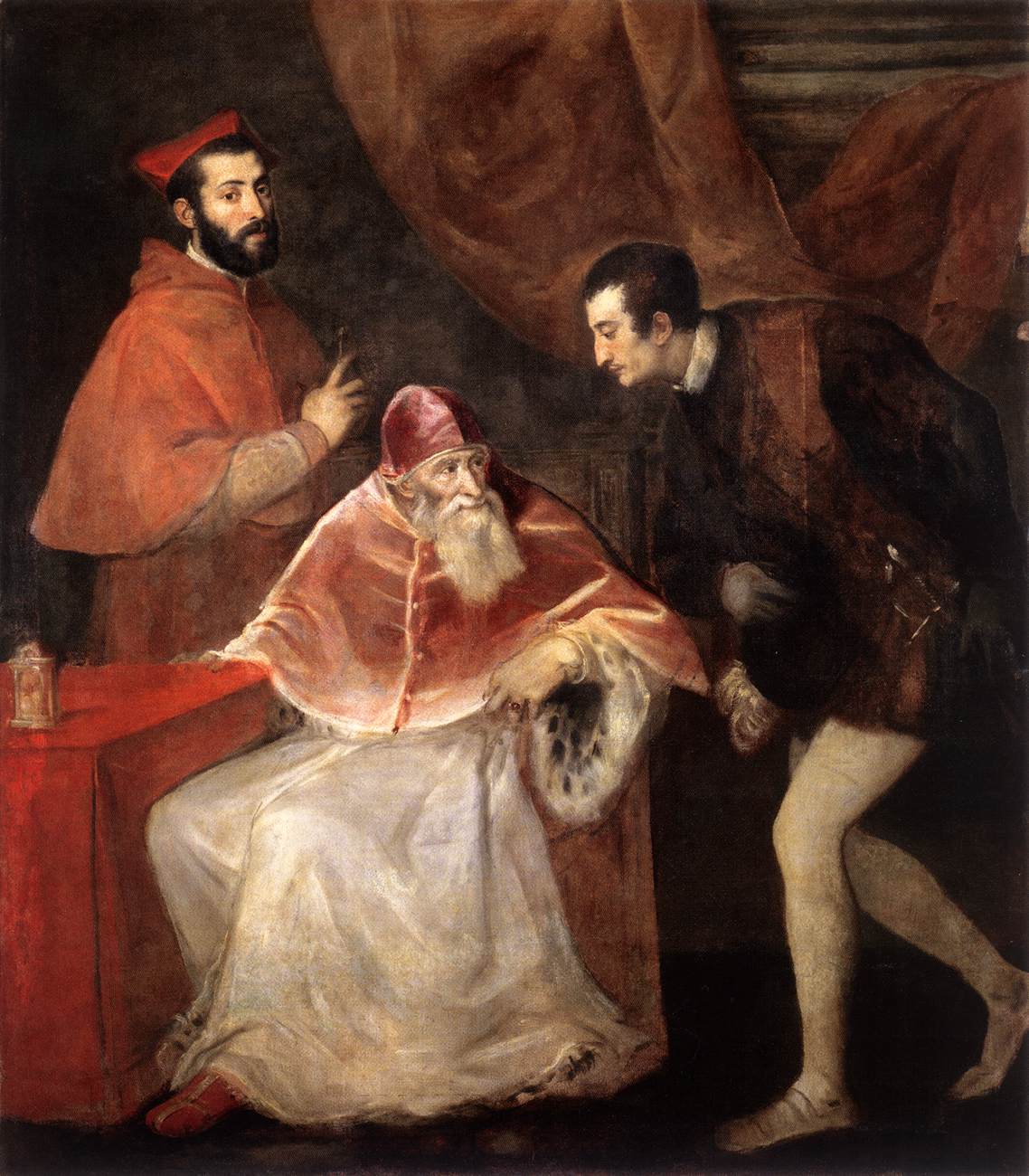
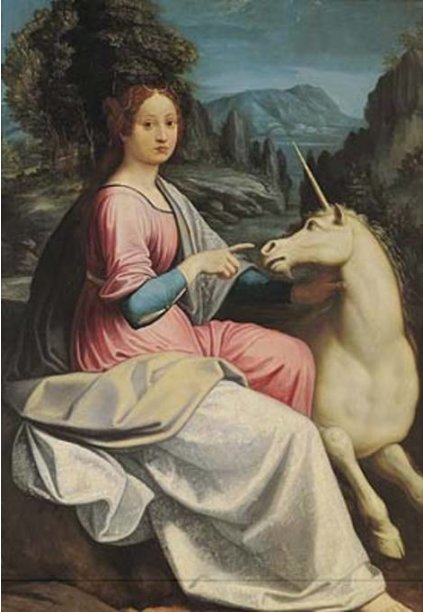
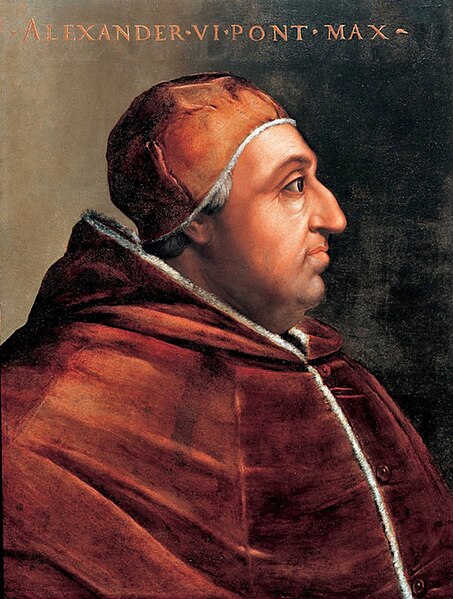














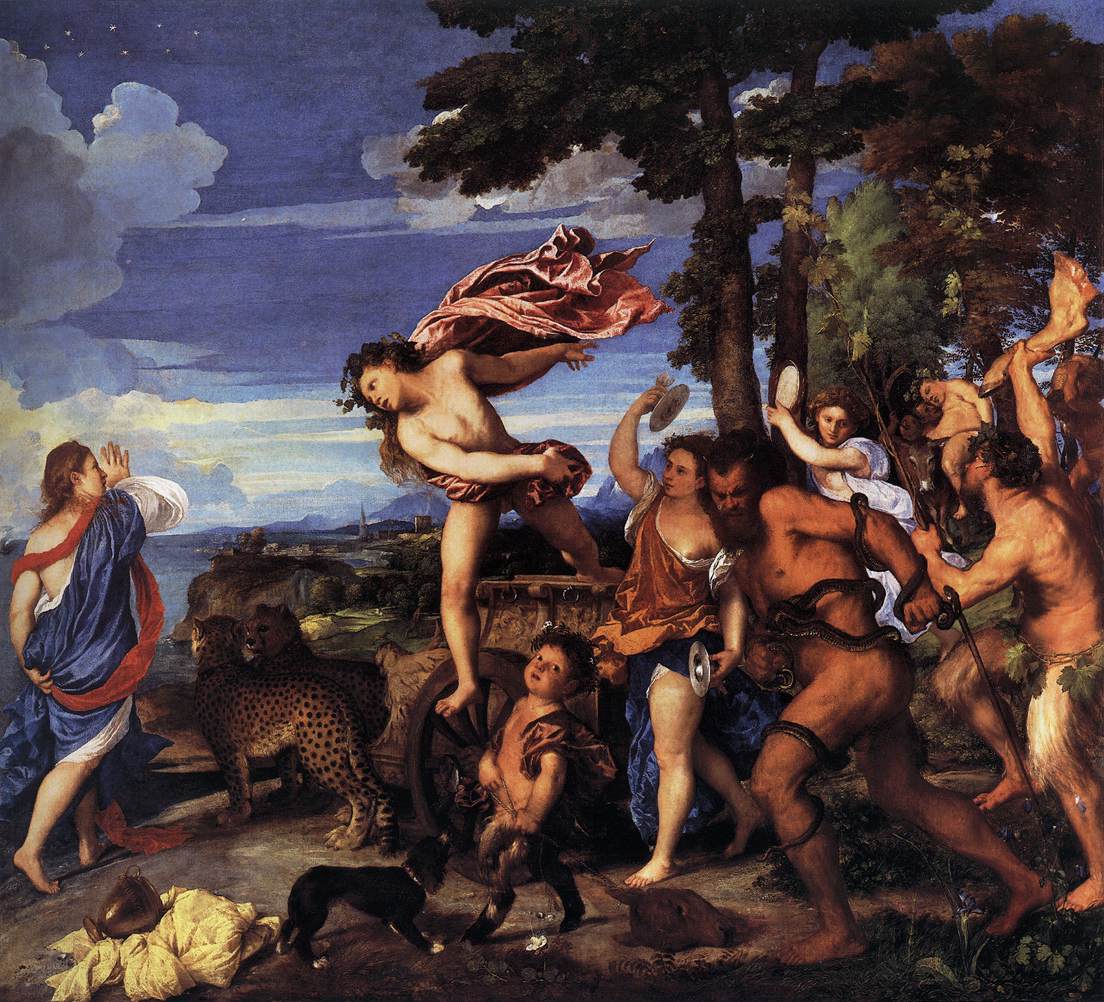
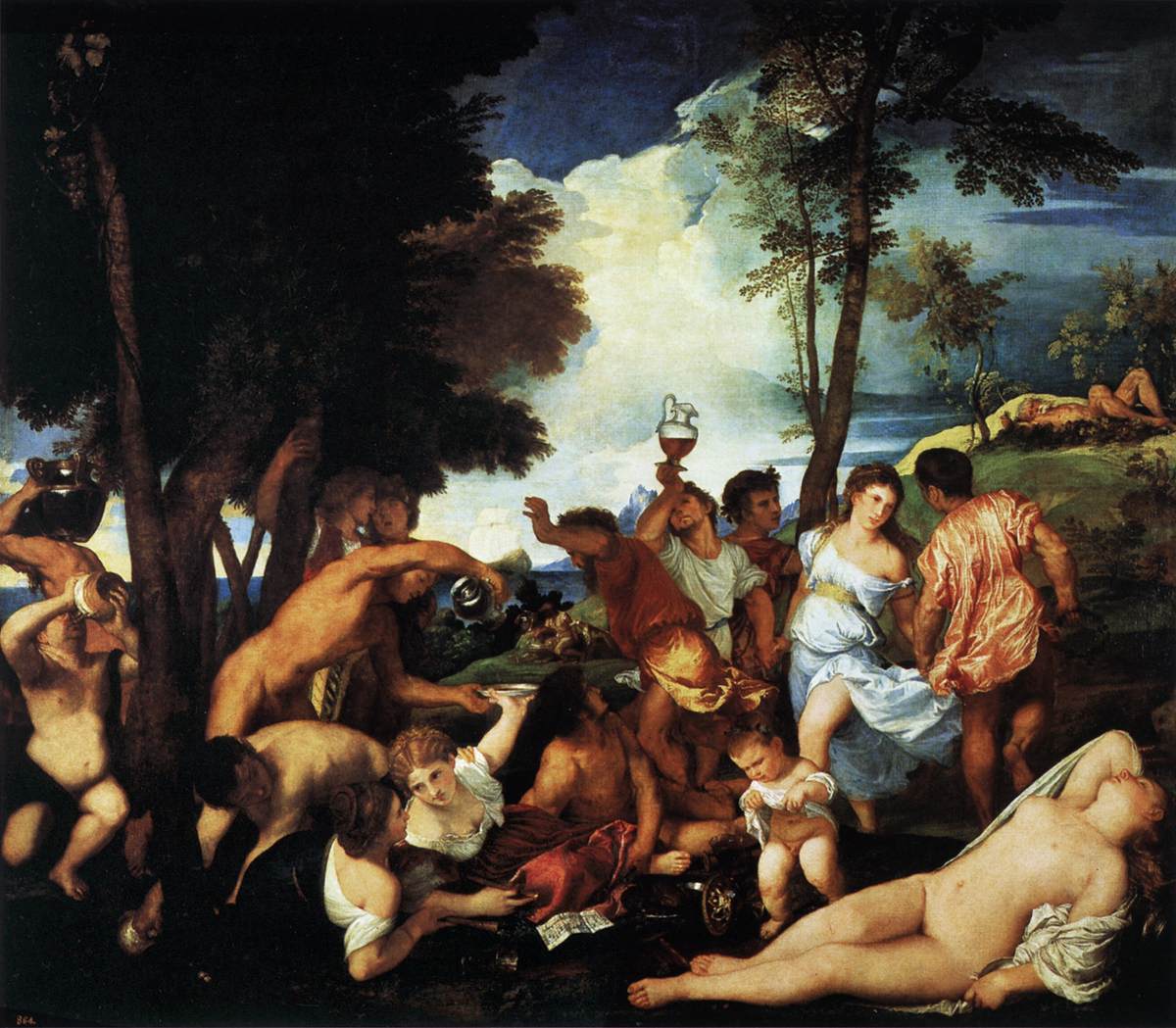



.jpg/800px-Plutone_(6795128141).jpg)

